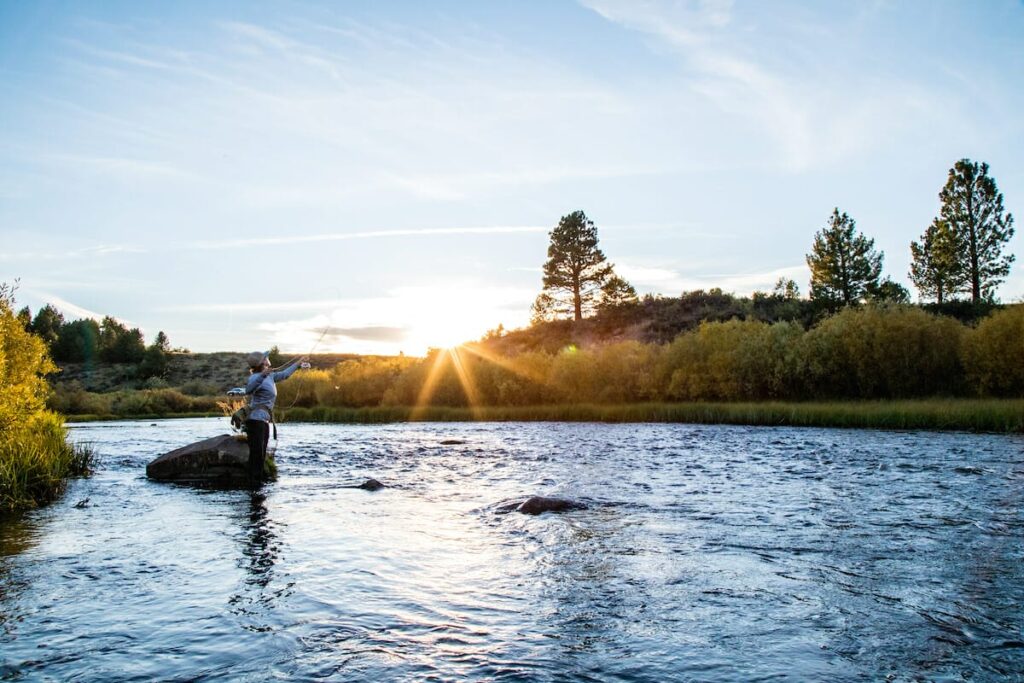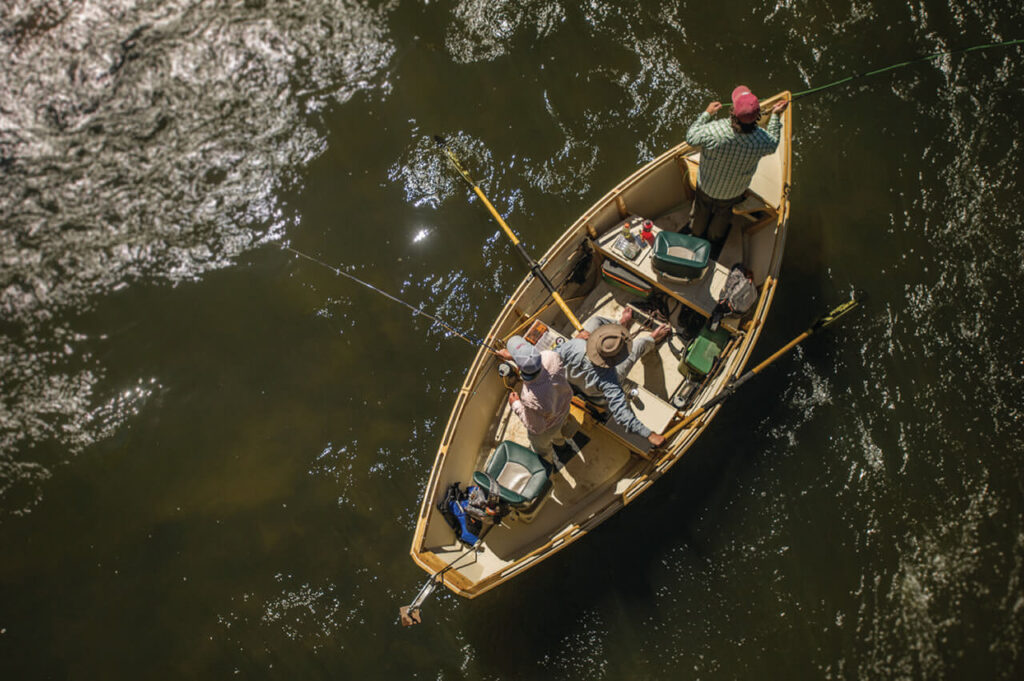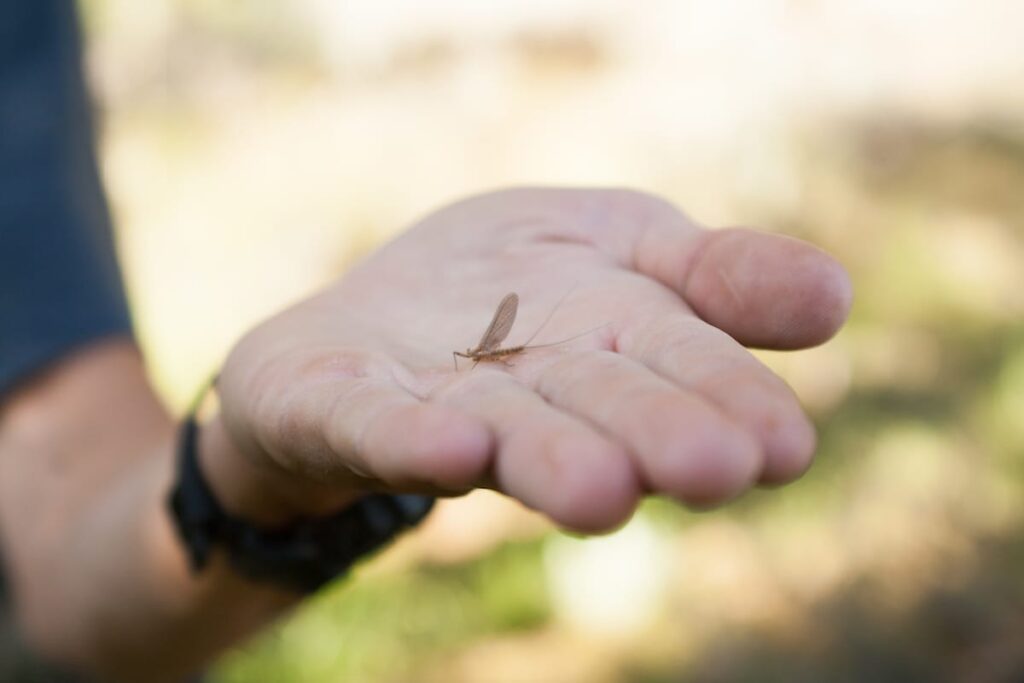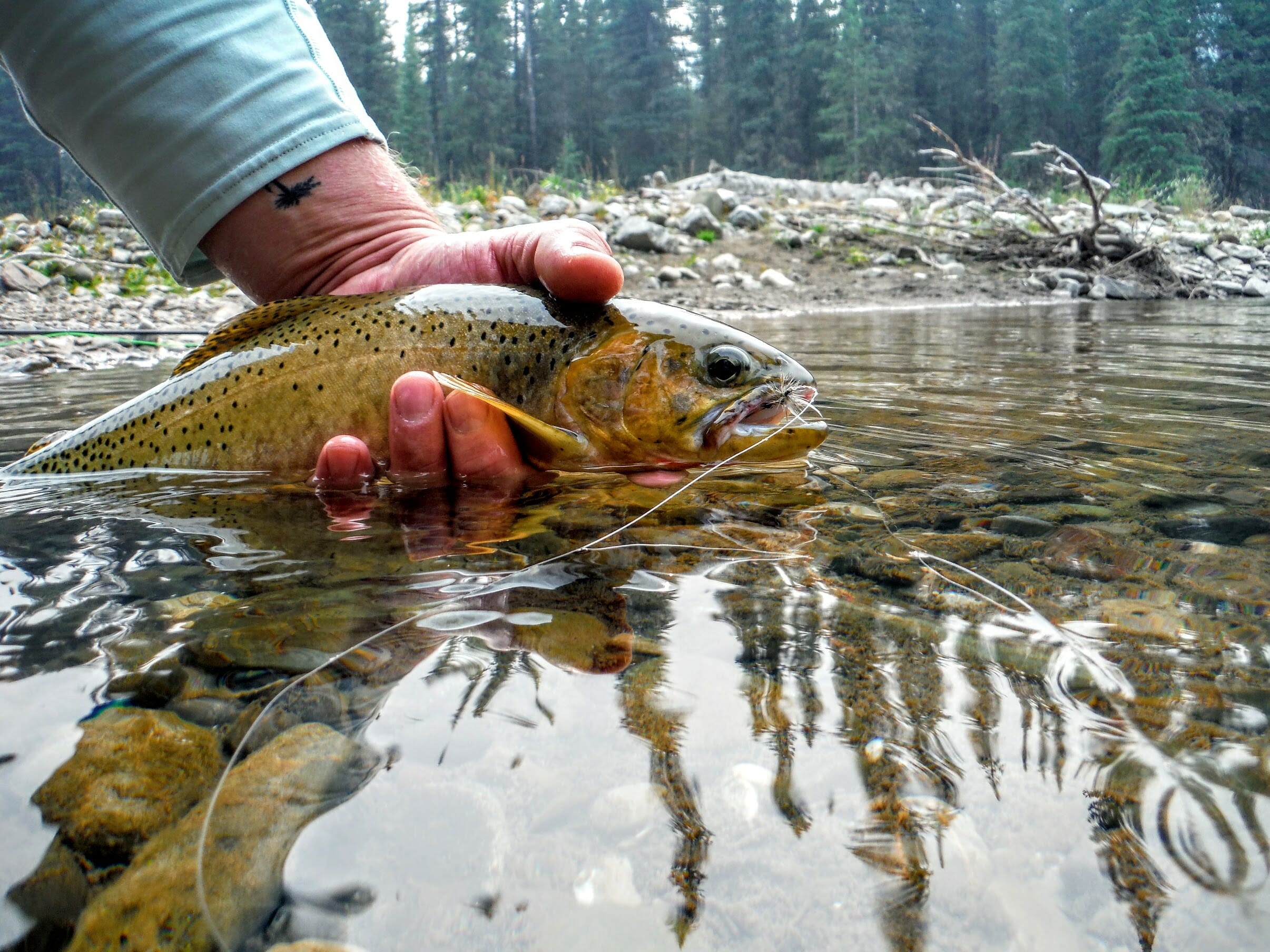It strikes me that the root appeal of fly fishing is about fair chase using simple tools, basic techniques and challenging the skills of the angler.
Question: So why has the fly-fishing “industry” invested so much effort over the past 30 years or so dumbing down the sport to the point that any living being with two legs and opposable thumbs can catch fish with a fly rod?
Answer: We basically sold our souls, believing in the notion that catching was the cure-all, and for the sport to grow (or merely sustain itself) people had to pull on fish… many fish… in droves.
In hindsight, I think that was a very sad miscalculation.

Make fly fishing interesting again
I say if you want fly fishing to get younger, more diverse and ignite (or re-ignite) more genuine passion in the ranks, the best answer is to make the sport interesting again and go back to the basics.
This all gelled for me as I spent the past week floating and fishing trout rivers in southeastern British Columbia, Canada, where the regulations mandate that you can only fish one fly at a time.
Hmmm, I thought… no dry-droppers? No giving the fish “the rake” with multiple weighted nymphs? No tying a double streamer rig? How’s all that going to work?
Well… it worked just fine.
And not only that, I think fishing one fly at a time made me a better, more appreciative angler. It also happened to make the fishing more interesting.

What does fishing one fly at a time do to improve your skills?
- It makes you a more accurate caster. It’s a lot easier to cast one fly than two or three. That’s what most fly rods are really made to do, after all.
- It also makes you better at reading the water and figuring out where you want your fly to land in the first place. You have one shot, one spot… where do you really want to put it?
- It makes you better at noticing what trout are eating and then picking the flies you use. If it isn’t working, you must make a change.
- It makes you more responsive, and better able to react to strikes and hook the trout.
At the end of the day, it’s really all about focus.
And oh, by the way, let’s also talk about the benefits for the fish:
- Fewer foul-hooked
- Fewer entangled in the net as you fiddle around releasing them
- Fewer break-offs
- Less pollution left in the water, and so on, and so forth.
And guess what? When you’re fishing only one fly at a time, that actually gives trout the opportunity to decide if they actually want to eat it or not. Imagine that. One on one. Fair odds.
Bring focus back to fly fishing
I’m not saying I’m against the dry-dropper (which has become a favorite way to fish), nor am I even against the double nymph rig. I’m still planning to use a “spotter” dry fly now and then to help me locate and watch a second, smaller dry fly. There is a time and place for everything.

But, on the other hand, I used to think that double the flies meant double the odds. I used to think a trout would see one fly, which caught its attention, and then eat the other one. I used to think showing a fish the smorgasbord was key to making them eat.
And now I think that’s all complete, utter hogwash.
Nothing… but nothing… is more effective in fly fishing than a well-chosen fly… well cast… and well presented. Let everything ride on that one bug. And the more you get back to basics and throw all-in behind single bug, the better you’re going to get.
Sure, the people who sell you all those flies don’t really care if they end up catching fish or hanging in trees; the more they sell the better. But don’t believe the myth that more flies improve your chances, at least not any more than what some renewed focus brought about by fishing a single fly will.



